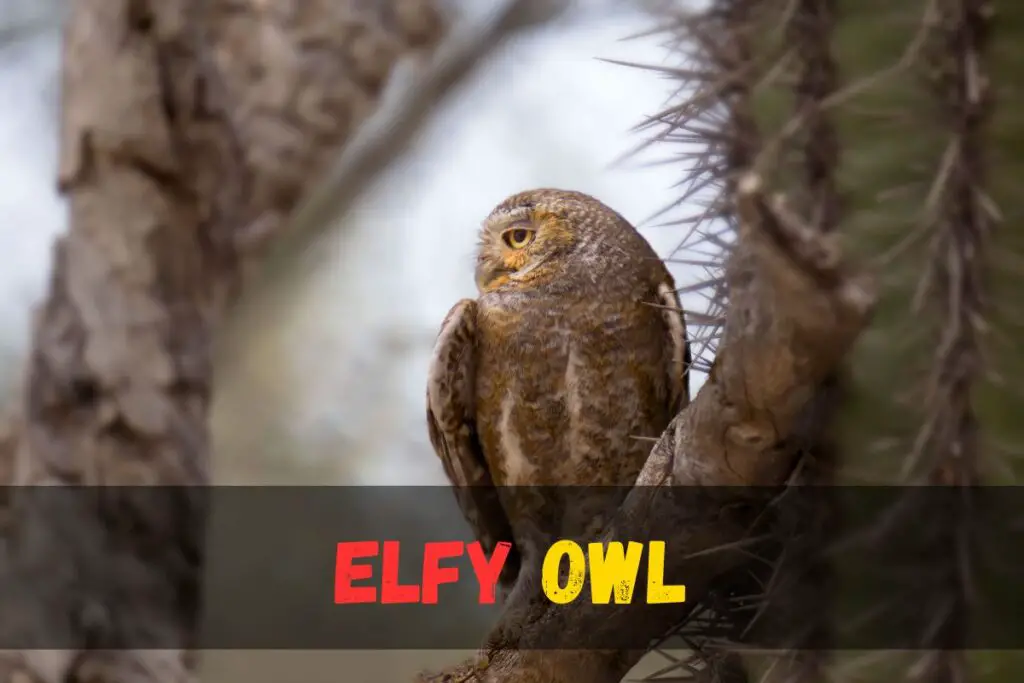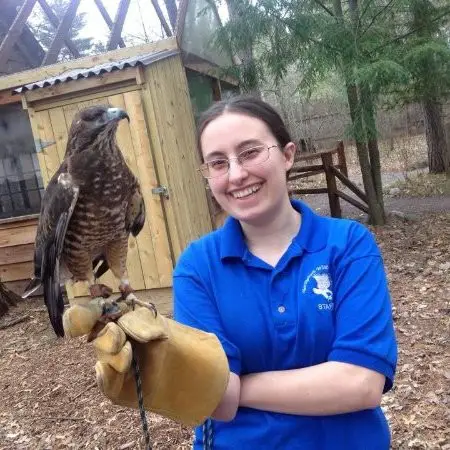Owls come in over 200 different species, and their lifespans can vary. There is no one-size-fits-all answer to how long owls live. The lifespan of an owl depends on several factors, such as its size, habitat, and natural predators.
In general, larger owls tend to live longer lives, while smaller ones like Barn Owls have shorter lifespans. Snowy Owls, for instance, are known for having one of the longest lifespans among owls. This variation in owl lifespans is due to their unique characteristics and the environments they inhabit.
How long do owls live?
The lifespan of an owl can vary depending on the species and various environmental factors. On average, wild owls typically live to be around 5 to 10 years old. However, some owl species have longer lifespans, while others have shorter ones.
In captivity, owls tend to live longer due to the absence of many of the threats they face in the wild, such as predators and environmental hazards. Some captive owls have been known to live for several decades, with some reaching 20 to 30 years of age or even more.
The specific lifespan of an owl can also be influenced by factors like the availability of food, habitat quality, and the presence of human activities in their environment. Different owl species may have different average lifespans, so it’s essential to consider the particular species when discussing their longevity.
How long are owls legs?
Factors Influencing Owl Lifespans
The lifespan of owls can be influenced by various factors, both in the wild and in captivity. Some of the key factors that can impact owl lifespans include:
Species and Size
The factors that influence owl lifespans, specifically the species and size of the owl, play a significant role. In terms of species, there are approximately 250 different owl species worldwide, each with its unique characteristics and adaptations. These species exhibit varying sizes and living conditions, which can impact their lifespans.
When we consider size, it becomes apparent that larger owl species generally have longer lifespans compared to their smaller counterparts. This is because larger owls are better equipped to handle a wider range of environmental conditions, allowing them to live longer lives. However, it’s important to note that there can be exceptions to this general trend, as other factors, such as living conditions and adaptation, also contribute to an owl’s overall lifespan.
Do owls mate for life?
Wild vs. Captive
The lifespans of owls are influenced by whether they live in the wild or captivity. In the wild, owls contend with natural predators, fluctuating food availability, and the rigors of their environment, all of which can impact their longevity. Conversely, captive owls are sheltered from predators, benefit from a consistent food supply, receive medical care, and enjoy a controlled environment. These differences in living conditions and protection contribute significantly to the respective lifespans of wild and captive owls, with wild owls facing greater uncertainties while captive owls tend to have longer and more predictable lifespans.
Habitat Quality
The lifespans of owls are significantly influenced by several crucial factors related to their habitat quality. Owls, being highly reliant on their surroundings, heavily depend on specific conditions to thrive and survive. The presence of suitable shelter, ample food sources, and protection from predators plays a pivotal role in determining their lifespan.
Forested areas with diverse vegetation offer ideal conditions for many owl species, ensuring cover for hunting and nesting activities. These habitats contribute positively to owl lifespans, providing the necessary elements for their sustenance and reproduction.
Conversely, degraded habitats with reduced biodiversity and limited resources hurt owl populations. Such conditions particularly affect species like the great horned owl, which typically boasts a wingspan of around 60 inches. These degraded environments directly affect the longevity and sustainability of owl species, often reducing their lifespans.
Prey Availablity
Factors such as prey availability also play a crucial role in influencing owl lifespans. Owls are predators, and their primary source of sustenance is their prey. The abundance and accessibility of prey in their environment significantly impact their survival and overall lifespan.
Owls that have a consistent and ample supply of prey are more likely to thrive and live longer. A steady source of food ensures that they can meet their nutritional needs and sustain their energy levels, ultimately contributing to a healthier and longer life. In contrast, owls in areas with limited prey availability may face greater challenges in finding food, which can lead to shorter lifespans and increased mortality rates.
Predation and Competition
Owls, like other wildlife, face challenges related to predation and competition within their ecosystems.
- Predation: Owls are not immune to predation themselves. They can fall prey to larger predators, such as eagles, hawks, and other carnivorous animals. The risk of being hunted by these predators can have a substantial impact on owl lifespans. Owls with effective camouflage, hunting skills, and defensive behaviors may have a better chance of survival, thus contributing to longer lifespans.
- Competition: Competition for resources, including food and nesting sites, can also influence owl lifespans. Owls often compete with other owl species or even within their species for these resources. Intense competition can lead to stress and reduced access to essential sustenance, potentially affecting their overall health and longevity.
Anthropogenic Influences
it’s important to recognize that human activities can also impact owl lifespans in various ways. Here are some anthropogenic influences on owl lifespans:
- Habitat Destruction: Human activities such as deforestation, urbanization, and agriculture can lead to the destruction of owl habitats. Loss of suitable nesting sites and hunting grounds can reduce owl populations and their lifespans.
- Pollution: Pollution, including pesticides and chemicals, can contaminate owl prey species and lead to the bioaccumulation of toxins in owls. This can result in reduced lifespans due to increased health risks.
- Collisions: Owls are prone to collisions with vehicles, buildings, and power lines, often resulting in injuries or fatalities. These collisions are often the result of human infrastructure and transportation systems.
- Climate Change: Anthropogenic climate change can alter the distribution of owl prey species and disrupt the availability of food resources. Climate-related shifts can impact owl populations and lifespans.
- Poaching and Illegal Trade: Some owl species are illegally hunted or traded as pets or for their body parts, which can lead to reduced lifespans and population declines.
- Noise Pollution: Noise from human activities, such as construction, transportation, and industrial operations, can disrupt owl habitats and breeding sites, potentially causing stress and reduced reproductive success.
- Light Pollution: Artificial light from urban areas can interfere with owl behavior, including hunting and breeding. This disturbance can affect their lifespans indirectly by disrupting their natural rhythms.
- Invasive Species: Human introduction of non-native species can disrupt ecosystems and affect the availability of owl prey, potentially impacting owl lifespans.
Owl Life Cycle
Owls, much like numerous other avian species, undergo a captivating life cycle that unfolds in five distinctive stages, each contributing to the remarkable journey of their existence in the natural world.

- Egg Stage: The egg stage is a pivotal beginning in the life of an owl. It all starts with the female owl meticulously laying a clutch of eggs in a well-constructed nest. The number of eggs can vary among different owl species. During this period, the mother owl assumes the crucial responsibility of incubating the eggs. This entails keeping the eggs warm until they reach the point of hatching. Temperature regulation is vital for the development of the embryos within the eggs.
- Nestling Stage: Following the incubation period, the eggs hatch, giving rise to adorable and vulnerable nestlings. At this stage, the nestlings are entirely dependent on their parents for nourishment and protection. The parents diligently feed them, providing the necessary sustenance for their rapid growth. The nestlings, initially characterized by closed eyes and downy feathers, gradually become more active and responsive to their surroundings.
- Fledgling Stage: As the young owls mature, they enter the fledgling stage. This phase is marked by the development of feathers and increased mobility. Fledglings may venture out of the nest, hopping or climbing onto nearby branches. Although they are becoming more independent, they still rely on their parents for sustenance. This stage is crucial for honing the fledglings’ physical abilities and preparing them for the challenges of the wild.
- Juvenile Stage: The juvenile stage represents a significant step towards independence. Young owls in this phase continue refining their flying skills and hunting techniques. While they are no longer entirely reliant on their parents, they often stay within the proximity of their nesting area. This stage is essential for the owls to familiarize themselves with their environment and develop the skills necessary for survival in the wild.
- Adult Stage: The culmination of the owl’s life cycle is the attainment of adulthood. At this point, the owl is fully independent and capable of hunting and surviving on its own. Adult owls may establish territories, which they defend against intruders. Depending on the species, they may engage in courtship rituals, mate, and eventually raise their offspring, thus perpetuating the life cycle for the next generation.
Owl Life Expectancy Examples
Snowy Owl
The life expectancy of Snowy Owls is influenced by various factors. Despite being among the world’s largest owls, with a length of up to 28 inches (71 centimeters) and weighing up to 104 ounces (2950 grams), their average lifespan in their harsh Arctic habitat is 9 to 10 years. However, some individuals have been known to live longer, with the oldest recorded wild Snowy Owl reaching over 23 years and 10 months. In captivity, they have been documented to live up to an impressive 35 years. This longevity is remarkable considering the challenges they face, including icy weather conditions, limited food availability, especially concerning lemmings, and threats from predators such as wolves and foxes, which may pose risks to younger birds.

Barn Owl
In its natural habitat, the Barn Owl typically lives for an average of 4 to 5 years. However, the oldest recorded wild Barn Owl lived to be over 15 years old. Under captive conditions, their lifespan can extend to 25 years. Various factors contribute to their life expectancy, including threats such as habitat loss, habitat degradation affecting food and nesting site availability, the impact of pesticides from infected prey, and the risk of predation by larger birds of prey and collisions with vehicles. Overall, Barn Owls face a range of challenges that influence their life expectancy in different environments.
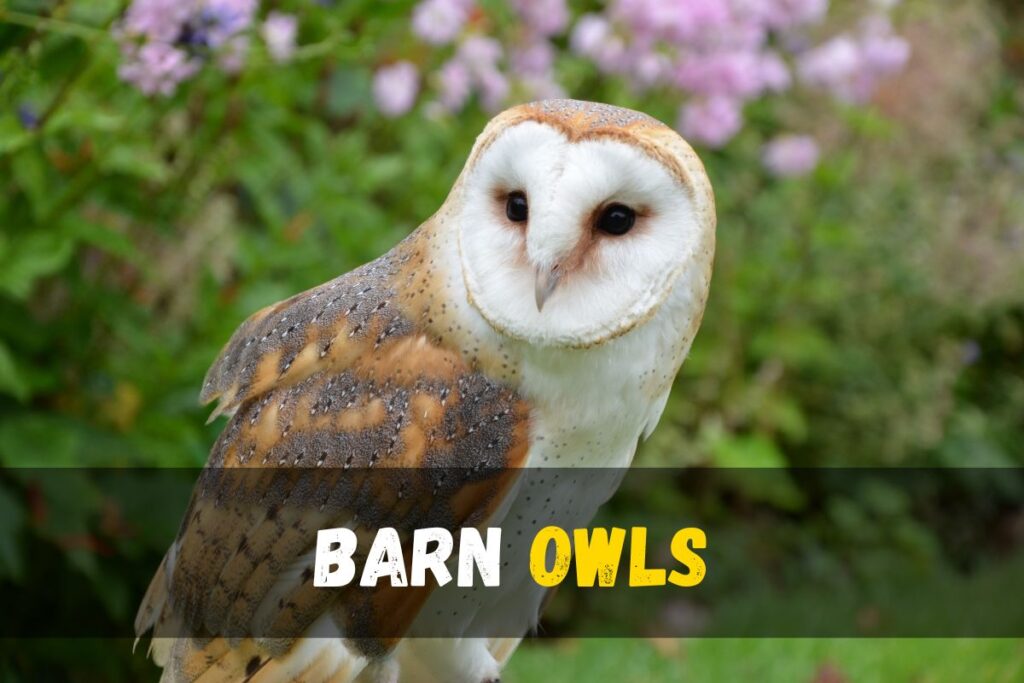
Great Horned Owl
The Great Horned Owl is a formidable hunter known for its mottled brown appearance, yellow eyes, and prominent ear tufts. With a size of up to 25 inches (64 centimeters) and a weight of around 88 ounces (2500 grams), they typically have an average lifespan of 10 to 15 years. However, there have been exceptional cases, such as the oldest recorded individual living over 28 years, and amazingly, the longest-living Great Horned Owl in captivity reached the impressive age of 50 years.
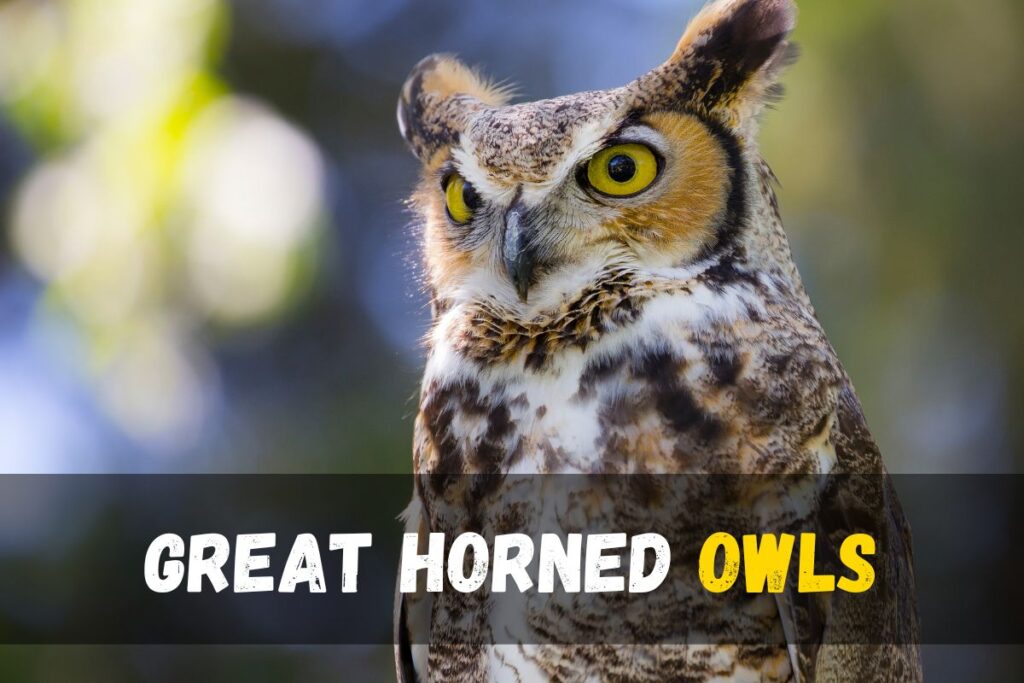
Their longevity is, however, threatened by various factors, including habitat loss due to deforestation and urbanization, exposure to pesticides, vehicle collisions, electrocution on power lines, and illegal hunting. Despite their resilience, these challenges pose significant risks to the Great Horned Owl population and influence their life expectancy.
Eurasian Eagle Owl
The Eurasian Eagle Owl, one of the largest owls globally, has an impressive life expectancy. On average, they live for 20 to 25 years in the wild, showcasing their remarkable longevity. In some cases, when kept in captivity, these owls have been known to live for an astonishing 60 years. However, their life span is affected by various factors, including habitat degradation, destruction threats, and human-induced issues like persecution, pesticides, and collisions with power lines and vehicles. Despite facing challenges, their ability to adapt and survive in their environment contributes to their notable life expectancy.
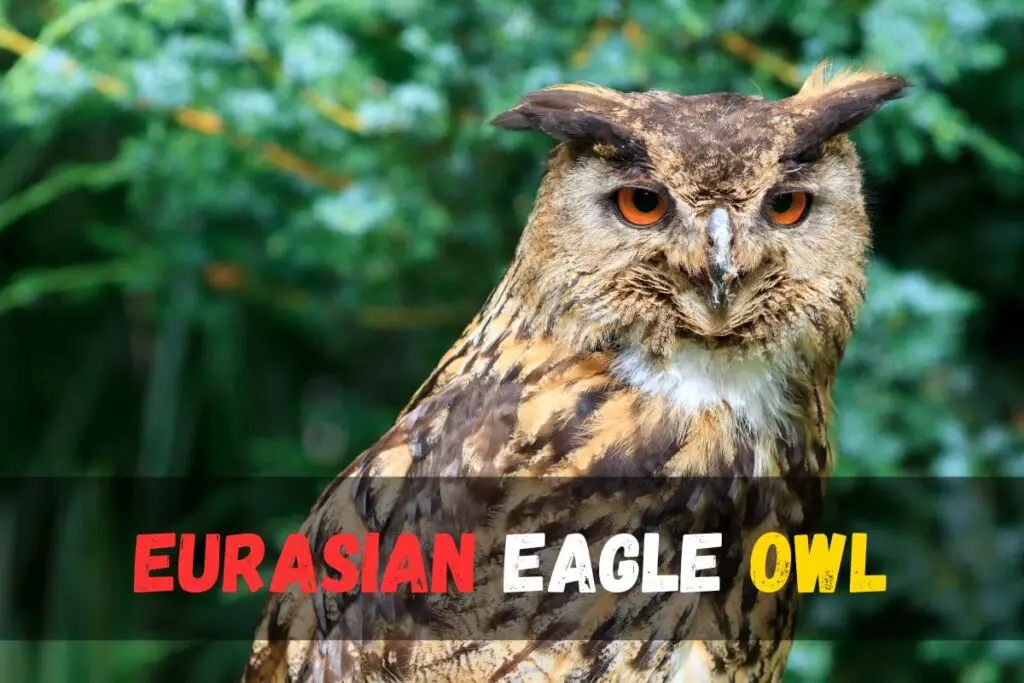
Barred Owl
The Barred Owl has a relatively long life expectancy, with an average longevity of 8 to 10 years in the wild. The oldest known Barred Owl in the wild lived for an impressive 26 years and 7 months. However, in captivity, they have been known to exceed this and live up to 38 years. The factors influencing their life expectancy include habitat loss due to deforestation, disturbance at nesting sites, and competition with the Spotted Owl for food and nesting locations. Additionally, predation from larger birds of prey and vehicle collisions also contribute to a decrease in their longevity.
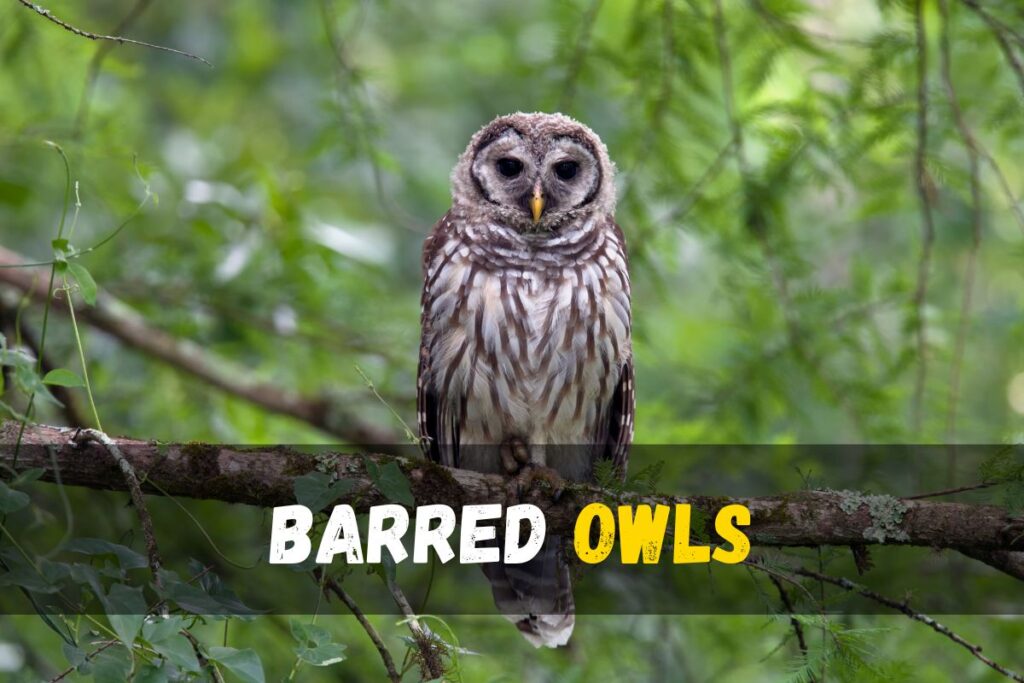
Tawny Owl
The Tawny Owl, a medium-sized owl with large dark eyes and reddish-brown plumage, typically has a lifespan of 4 to 5 years in the wild. However, some individuals have been recorded to live up to 23 years in their natural habitat. Interestingly, in captivity, Tawny Owls can exceed this lifespan, reaching more than 27 years. Thus, the life expectancy of a Tawny Owl varies depending on whether it is in the wild or captivity, with the latter providing a more extended lifespan.

Burrowing Owl
The Burrowing Owl, a small species with a unique appearance, has a relatively short lifespan due to its smaller size. In the wild, they typically live for 3 to 4 years, with the oldest known wild Burrowing Owl reaching 9 years and 11 months. Even in captivity, the maximum recorded age is 12 years. Factors such as habitat loss, degradation in grasslands and prairies, conversion to agricultural lands, urbanization, and vulnerability to predation and vehicle collisions contribute to the challenges they face in maintaining a longer life expectancy.
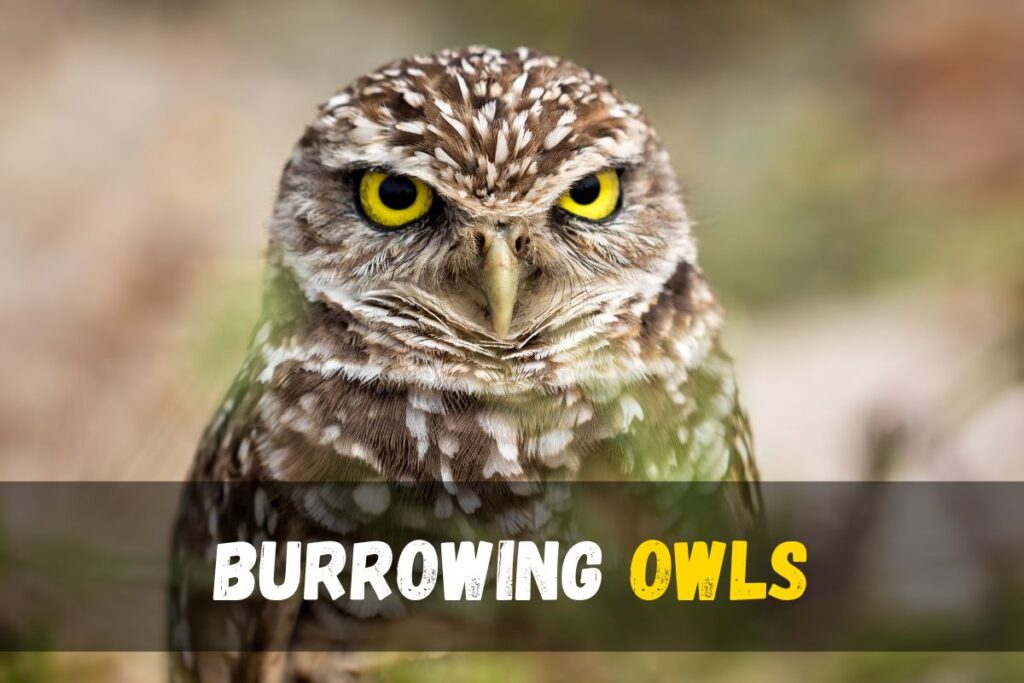
| Owls | Life Expectancy in the Wild | Life Expectancy in Captivity | Biggest Threats |
| Snowy Owls | Up to 10 years | Up to 35 years | Climate change, habitat loss, human disturbance |
| Barn Owls | 2-5 years | Up to 20 years | Loss of suitable nesting sites, pesticides |
| Great Horned Owls | Up to 28 years | Up to 50 years | Human activities, habitat destruction, collisions |
| Barred Owls | Up to 10 years | Up to 23 years | Habitat loss, collisions with vehicles |
| Screech Owls | Up to 9 years | Up to 20 years | Urbanization, predation, habitat loss |
| Burrowing Owls | 6-8 years | Up to 9 years | Habitat destruction, predation, vehicle collisions |
| Eagle Owls | Up to 20 years | Up to 60 years | Habitat loss, persecution, collisions with power lines |
| Eastern Screech Owls | Up to 8 years | Up to 20 years | Predation, habitat loss, collisions with vehicles |
| Great Grey Owls | Up to 10 years | Up to 30 years | Habitat fragmentation, food scarcity, human disturbance |
Common reasons for the death of owls
Habitat Loss and Fragmentation:
Owls face a significant threat due to the loss and fragmentation of their natural habitats. As urban areas expand and forests are cleared, the owls lose the places where they hunt and roost. This disruption can lead to a decline in their population as they struggle to find suitable places to live and find food.
Human Disturbances:
Owls are sensitive to human disturbances, such as loud noises, bright lights, and constant human presence. These disturbances can disrupt their natural behaviors, including hunting and nesting. Persistent disturbance can lead to stress, affecting their overall health and well-being. Humans must be mindful of owl habitats and minimize disruptions to ensure their survival.
Poisoning:
Poisoning is a grave threat to owl populations, often resulting from the use of pesticides and rodenticides. When owls consume poisoned prey or come into direct contact with these toxic substances, it can lead to severe health issues and even death. Responsible and careful use of chemicals is essential to prevent unintentional harm to these magnificent birds.
Disease and Injury:
Owls, like any other living beings, can fall victim to diseases and injuries. Infectious diseases, trauma from collisions with vehicles or structures, and conflicts with other wildlife can pose serious threats. Regular monitoring of owl populations and prompt veterinary care for injured or sick individuals can contribute to their overall well-being.

Natural Predation:
While owls are skilled hunters, they are not exempt from being prey themselves. Larger predators, such as eagles and larger owl species, may pose a threat to smaller owl species. Understanding and preserving the delicate balance of the ecosystem is crucial to ensuring that natural predation does not become a significant threat to owl populations.
Accidental Deaths:
Owls can face accidental deaths from various human-related activities, such as collisions with vehicles, buildings, or power lines. Implementing measures like owl-friendly infrastructure designs, awareness campaigns, and reduced speed limits in areas known for owl habitats can help minimize these unfortunate accidents.
Inadequate Housing:
Loss of suitable nesting sites can be detrimental to owl populations. Human activities, like deforestation and urban development, can reduce the availability of natural nesting places. Conservation efforts should focus on creating and maintaining suitable owl habitats, including the installation of nest boxes in areas where natural nesting sites are scarce.
Poor Nutrition:
Changes in the availability of prey due to factors like climate change and habitat alteration can lead to poor nutrition for owls. A decrease in the abundance of their preferred prey can result in malnutrition, affecting their overall health and reproductive success. Conservation strategies should address the preservation of diverse and healthy ecosystems to ensure an adequate food supply for owls.
Do Owls Eat Chickens?
Lack of Exercise:
Owls need regular exercise for their physical and mental well-being. Confined spaces or inadequate environments can limit their ability to fly, hunt, and engage in natural behaviors. Conservation efforts should prioritize the preservation of expansive and suitable habitats that allow owls to maintain their active and healthy lifestyles.
Stress:
Stress can have serious consequences for owl populations. Human disturbances, habitat disruptions, and other environmental changes can induce stress in owls, affecting their behavior, reproductive success, and overall health. Conservation practices should aim to minimize stressors by promoting responsible human behavior and preserving natural habitats.
FAQ’S
Why Does Owl Size Affect Life Span?
The life span of owls is influenced by their size, and this phenomenon is unlike what is observed in many larger and smaller animal species. Larger owl species tend to live much longer than their smaller counterparts, primarily due to their position in the food chain. Larger owls experience fewer predators, and their ability to defend against threats is more robust. In contrast, smaller owl species face a higher risk in the wild, resulting in a significantly shorter life span, typically around 10 years. However, when kept in captivity and maintained in good condition, smaller owl species can extend their life span to approximately 20 years. The key factor here is the reduced threat from predators for larger owls, allowing them to live around 15 years or more in the wild, and this can nearly double in captivity.
Does Owl Size Affect LifeSpan?
Yes, owl size does affect lifespan. Larger owl species generally have longer lifespans compared to smaller owl species. This is influenced by several factors. Larger species face fewer natural predators, are less vulnerable to environmental stresses, and have a lower metabolic rate. As an example, the great horned owl, which is a fairly large species, has one of the longest lifespans among owls, with some individuals living up to 38 years in the wild. On the other hand, smaller owl species, like the northern saw-whet owl, have a shorter lifespan, living in the wild for only 3-5 years on average. Therefore, the size of an owl plays a significant role in determining its lifespan.
Do Living Conditions Affect Owl’s Lifespan
Yes, living conditions significantly affect the life span of owls. The location in which an owl resides plays a crucial role in determining its life expectancy. For instance, the Barn owl species demonstrates considerable variations in life span based on geographical locations. English Barn owls can thrive for up to 20 years, while American Barn owls typically reach only 15 years. Dutch Barn owls fall in between, averaging around 15-18 years. These differences are attributed to factors such as the abundance of prey, weather conditions, and the presence of predators in these respective countries.
What is the Oldest Owl?
The oldest known owl species is the Great Horned Owl (Bubo virginianus). In the wild, these owls have been reported to live up to 28 years. The actual lifespan of an individual owl can be influenced by various factors, including its environment, availability of prey, and overall health. While Great Horned Owls have been documented as long-lived in the wild, it’s important to note that the lifespan of owls can vary among species and individuals.
What is the longest-living owl?
The Great Horned Owl holds the record for longevity, with the oldest known wild individuals reaching 28 years of age. However, in captivity, these remarkable birds can surpass even that impressive age, as evidenced by a captive female at the San Francisco Zoo who lived to be 50 years old in 2012. This remarkable longevity distinguishes the Great Horned Owl as one of the longest-living owl species, particularly when thriving in captivity.
Do owls have good eyesight?
Owls indeed have exceptional eyesight. Their night vision is estimated to be 35-100 times better than ours. Moreover, owls possess a unique ability – each pupil can dilate independently, and they have great control over the amount of light entering their eyes. This adaptation allows them to see well in both daytime and nighttime, across various light levels. In summary, owls have remarkable eyesight capabilities, making them highly adept at navigating their surroundings.

What is the smallest owl alive?
The smallest owl alive is the Elf Owl. This diminutive raptor inhabits various environments, including dry thorn forests, deserts, pine-oak forests, and riparian woodlands along the southern border of the United States and Mexico.
